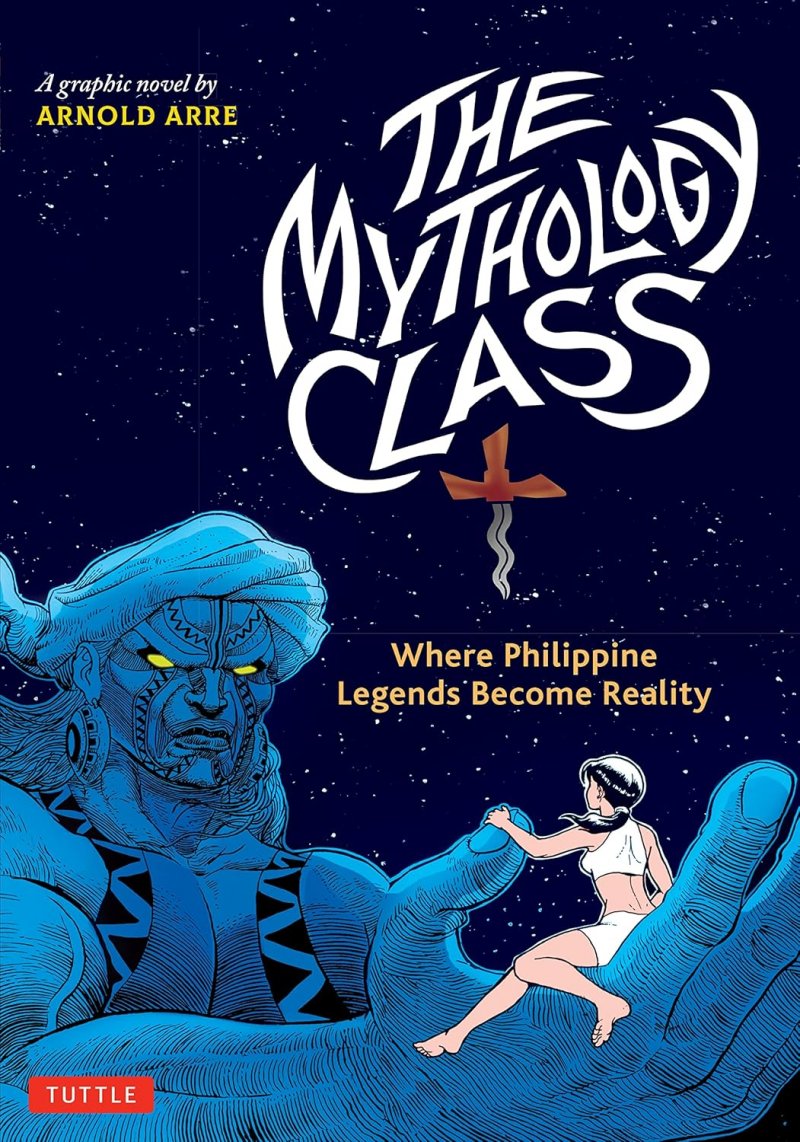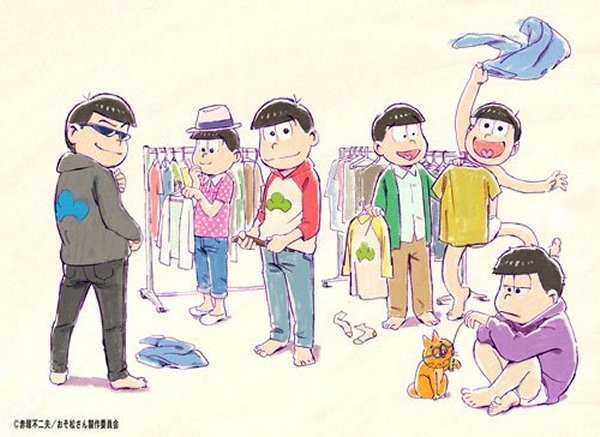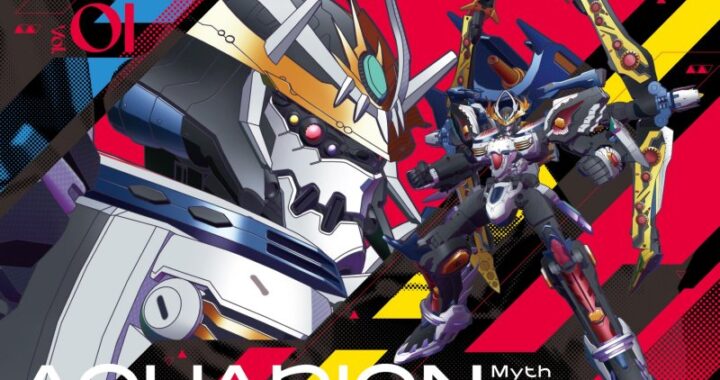 Eleven college students team up with heroes from Philippine legend to defend the modern world from ancient monsters.
Eleven college students team up with heroes from Philippine legend to defend the modern world from ancient monsters.
Creative Staff:
Story/Art: Arnold Arre
What They Say
The Mythology Class follows Nicole Lacson, an anthropology student at the University of the Philippines. When she is summoned to a secret meeting by the mysterious Madame Enkanta, Nicole finds herself face-to-face with living creatures from mythology and folklore that she never imagined existed in real life! Tikblangs, kapres and a range of engkantos—fantasy figures from her grandfather’s bedtime stories—challenge her previously-held notions of reality.
Nicole embarks on a quest through the streets of metropolitan Manila with a ragtag crew of college students. With guest appearances from legendary Filipino heroes like Sulayman, Kubin and Lamang, Nicole’s class must face down and repel an ancient evil.
Content: (please note that content portions of a review may contain spoilers):
Mysterious dreams and a strange class pamphlet bring eleven college students to a building far from university grounds. But instead of a professor, four figures from Philippine legend appear before them. And instead of a curriculum, they present the students with a quest: capture enkantos, mythical beings that have invaded the human world.
As you might guess from the Where Philippine Legends Become Reality subtitle, this is a Filipino fantasy story. It is set in the Philippines, has a Filipino cast, and draws heavily from Filipino legend and folklore. It was also created by a Filipino artist for a Filipino audience.
Because the text is in English, non-Filipino audiences can read the story. However, the graphic novel provides no translation or cultural notes, and it assumes readers have a certain familiarity with Filipino culture. For instance, one character speaks exclusively in Tagalog, and you can’t tell from the context what he says. Also, there is a joke toward the end that only makes sense if you know “asusena” means “dog meat.” Several times when the ancient interacts with the modern, dialogue is written in Babayin (also untranslated), and the nuance of using that pre-colonial Filipino script will be lost on those unfamiliar with it. Readers are also expected to know what kapres and aswangs are, the way Western fantasy readers are expected to know what elves and dwarves are.
If the artwork looks old-school, that’s because it is. According to the foreword, The Mythology Class was originally released as a four-volume series in 1999. At the time, its metropolitan Manila backdrop with its gargantuan Plaza of the Gods shopping mall was probably intended to reflect a near future setting, but it will probably come off as retro because of its clunky desktop computers, flip phones, and lack of Bluetooth.
Also retro are the illustrations themselves. Everything is hand-drawn and hand-lettered. In dialogue bubbles, you can see places where guidelines weren’t completely erased and where the artist’s pen started running out of ink. Moreover, there are no screen tones. All crosshatching, shading, and other effects are created with pen and ink. Although drawings may not look as sophisticated or sleek as more recent works, the visual impacts are impressive given the constraints of the media.
The book has a comic book format similar to American titles and is read left to right. However, the content is entirely black-and-white. The book is also dense. Not only is it over 300 pages, most pages are crammed with dialogue bubbles, narration blocks, and panels. With very few exceptions, each page takes a while to read. This is not a work someone can skim through. In particular, the opening is slow due to the immense world-building info dump that takes place up front.
This is due in part to the enormous cast. The main ensemble consists of no less than eleven college students and their four heroes-of-old guides. These 15 individuals are introduced in the first 36 pages, which gives you an idea of how much information each page must carry.
The college students are an ensemble cast that honestly could’ve been smaller. They are too numerous to fully flesh out so they mainly play the stereotypes of warriors, techies, psychic, and annoying idiot. The only ones that get a character arc are Nicole, the anthropology student with a lifelong obsession with Philippine mythology, and, to a smaller extent, Gina, the abused drudge of an escaped enkanto.
Calling them to and guiding them on this quest are the four time-traveling heroes. The narrative spends scant time explaining who Datimbang, Kubin, Aili, and Sulayman are; it expects you to know who them the way Western books assume familiarity with Hercules or King Arthur. It also doesn’t spend much time on the gathering process; the time-travelers simply summon those particular students because they been specially chosen by the gods.
Once the group is formed, the story dives into action, mainly their adventures capturing the creatures that have invaded the human world. Each creature has different qualities, so the team must devise new strategies for each target. Because ancients are working with modern folks, they utilize a mix of magic, traditional weapons, and circa 1990s technology. By the way, the time-travelers provide their protégés with knowledge and equipment, but they don’t grant them supernatural powers. Thus, all our college students are ordinary people, with the exception of Lane, who had psychic powers before the adventure began.
The encounters with these supernatural targets are the meat of the graphic novel. Despite the creator’s tendency to be overly wordy, these clashes deliver the action and thrills of a summer blockbuster. They also come with the comic dialogue common to action movies. Most of these exchanges are funny, but the squabbles between uber-annoying Misha and her ex-boyfriend Rey get old fast, as do the jokes with Misha as the butt.
In terms of the conclusion, the enkantos quest wraps up tidily, and Nicole’s character and romance arcs get a satisfying end. Not so satisfying are two other relationship arcs. Rey and Misha were pretty screaming insults at each other 90 percent of the book, so their abrupt reconciliation at the end felt like cheating. Also lacking was Gina’s abrupt reconciliation with the enkanto Nuno. Nuno had a history of being physically and verbally abusive to Gina, and the scene on page 167 where he blames Gina for his violence toward her could be triggering for some.
This graphic novel contains violence, swearing, and smoking. There is no sex, but the creator gets fan-servicey in a couple of places with his female characters.
In Summary
The Mythology Class is an award-winning Filipino graphic novel from the 1990s about 11 college students chosen by the gods to defend the modern age from rogue mythic creatures. Their action-packed adventure is reminiscent of American comics, but the story requires a degree of familiarity with Filipino culture and folklore to fully appreciate. Tuttle Publishing’s release does not provide any translation or cultural notes, but if you’re willing to do some Google searches as you read, you can follow along on this Filipino fantasy quest.
Art: B+
Content: B
Age Rating: 13+
Released By: Tuttle Publishing
Release Date: October 11th, 2022
MSRP: $18.99




